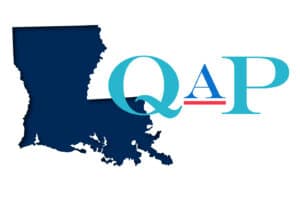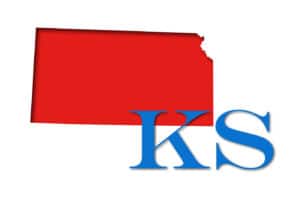On April 9, the National Council of State Housing Agencies (NCSHA) released an Income Averaging Q&A document to discuss its stance on the new LIHTC income averaging provision which became law in March. The new provision provides a third option along with the 20-50 and 40-60 set-aside tests, whereby at least 40% of units must be restricted, and income limits may not exceed 80% AMI, as long as the average income of the project does not exceed 60% AMI. Income averaging can serve as a valuable new tool for both deeper income targeting and income mixing within the LIHTC program.
The document answers technical questions about income averaging, makes recommendations for how states can implement income averaging, and identifies issues states should consider. The following is a list of highlights from the document:
- Is Income Averaging Required?: NCSHA notes that there is no legal obligation on states to implement income averaging. For states who choose to do so, changes to the QAP are encouraged. Changes to consider include providing guidance to applicants on the process as well as modified compliance monitoring fees for potential added complexity.
- IRS Guidance and Form 8609: States do not have to wait for guidance from the IRS; Income Averaging is allowed for new developments making minimum set-asides/income election after March 23, 2018. Furthermore, states need not wait on a revised Form 8609, as providing an attachment to Form 8609 setting forth the Income Averaging election will suffice.
- Projects Already Placed in Service: A minimum set-aside is irrevocable once made on Form 8609. Therefore, projects already placed in service may not change the minimum set-aside to the Income Averaging option.
- Rent Limits vs. Income Limits: Income Averaging applies to both rent limits and income limits. A unit limited to 80% AMI can charge a maximum of 30% of 80% AMI whereas a unit limited to 30% AMI can charge a max rent of 30% of 30% AMI.
- Modifying Extended Use Agreement: States may not modify the extended use agreement for developments post Year 15 to allow for income averaging.
NCSHA’s document will likely be heeded, in some fashion, by a majority of state housing finance agencies.



